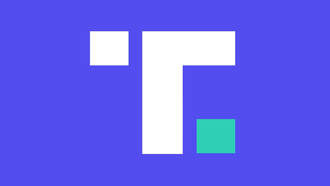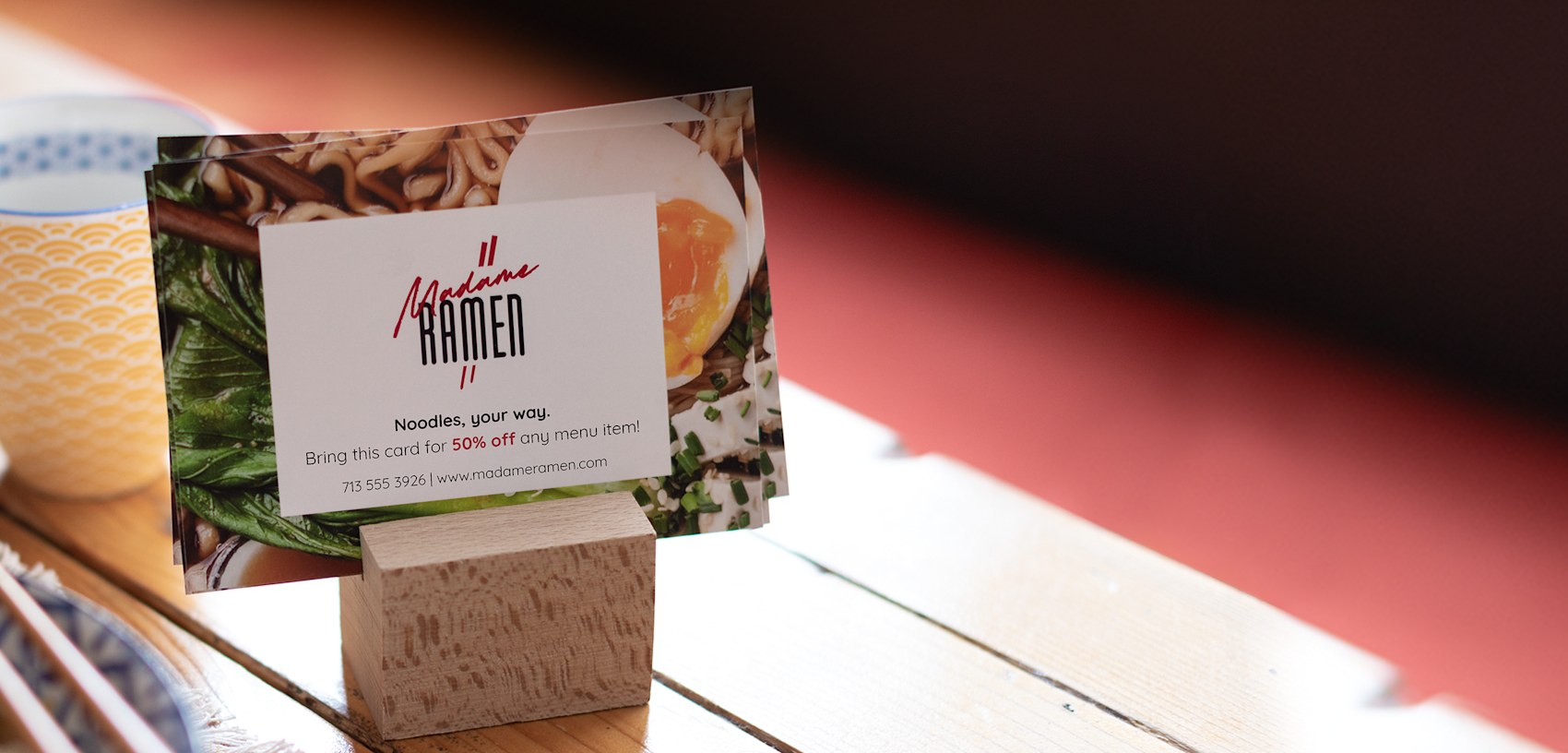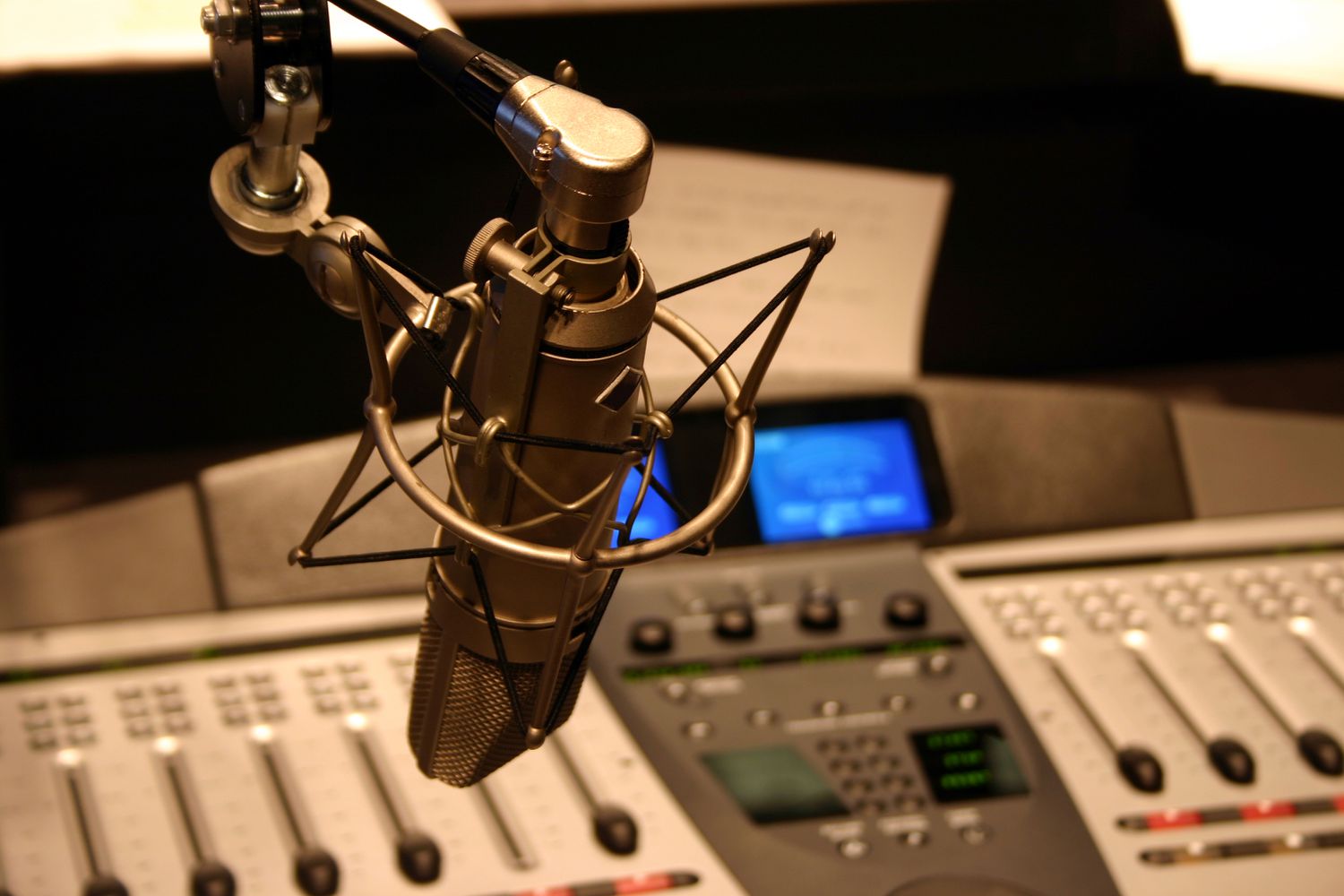
Advertising on iheartradio is a great way to reach small and medium-sized businesses via radio. The ads are highly targeted, based on your specific business and audience, so they can get in front of people who might not otherwise hear about your brand.
iHeartMedia has many different advertising platforms, including broadcast radio, digital audio, and podcasts. Their podcast advertising segment is 10 percent of their revenues and has increased 79 percent in its first quarter.
Advertisers may target their ads according to user data. This makes them more relevant and engaging than other ad formats. They can also customize the frequency of their ads and create a campaign that runs for a set period.
They can also use their budgets in order to buy impressions. These impressions are tracked and paid for as they run. They can also alter their campaigns and their budgets after they're booked.

AdBuilder allows SMBs create and submit radio ads for air. It provides support for local businesses as well national brands. The platform uses algorithms to help SMBs maximize their advertising budgets and maximize exposure.
iHeartRadio AdBuilder not only supports SMBs but also provides analytics and reports after campaigns have been completed. This gives iHeartRadio AdBuilder users a way to make informed decisions about campaigns. This can help them track their ROI.
The iHeartRadio AdBuilder platform allows SMBs to optimize their ad budgets. This helps them reach potential customers when and where they are most likely. They can choose to have their iHeartRadio ads broadcast in a single or nationwide market.
iHeartRadio's Oldies Stations
Nearly all of the stations in the iHeartMedia lineup play oldies music, with a 500-song active playlist divided into nearly half 1960s and half 1970s songs. There are also a few local announcers who can voicetrack from the studio or another location.
This strategy works well for iHeartRadio as these stations are more attractive to older listeners and less competitive than younger competitors in the market. This is a good option for iHeartRadio, as these stations are more prone to being listened too over the long term. This makes them more valuable to advertisers.

JKR Advertising & Marketing and iHeartMedia have been partners for many years. JKR was recently named as one of iHeartRadio’s top partner. This partnership is an excellent example of how AM/FM radio can be used in order to generate business from automotive dealers.
IHeartMedia also has a strong presence in the digital marketing space and is known for its high-quality content and storytelling. The company's podcast business is on the rise by 79 per cent in the first quarter. Its social media presence also continues to grow.
The podcasts of iHeartRadio offer a wide variety of topics that are appealing to a broad range of listeners. They also provide a great platform for marketers to connect with their audience through podcast advertising. They can share news, launch new products, and promote brands.
FAQ
What is an advertisement campaign?
An advertisement campaign is a series containing advertisements to promote a product. This could also include the entire production of these ads.
The Latin word for "to Sell" gives rise to the term "ad". Marcus Terentius Varro (116–27 BC), was the first to make it a verb, meaning "to make sale".
Advertising campaigns are typically done by large agencies and companies. Many media types can be used in these campaigns, including television, radio and print.
Advertising campaigns typically last for several months and have specific goals. Some campaigns are designed to increase awareness, while others aim to increase sales.
How much does advertising on social media cost?
This route is not for everyone. You will be charged monthly depending on your time on each platform.
Facebook - $0.10 Per 1,000 Impressions
Twitter - $0.20 per 1,000 impressions (if you tweet)
If you send out invitations to Linkedin, $0.30 per 1,000 impressions
Instagram - $0.50/1000 impressions
Snapchat - $0.60 per 1,000 impressions ($0.40 per user)
YouTube - $0.25 Per 1,000 Views
Tumblr: $0.15 per 1,000 impressions of text posts
Pinterest - $0.05 per 1,000 impressions per month
Google + $0.15-$0.20 for 1,000,000 impressions
Tumblr: $0.15-$.20 per 100,000 impressions
Vimeo - $0.20-$0.25 per 10,000 impressions
Soundcloud - $0.20-$0.25 per 1 million plays
StumbleUpon - $0.20 -$0.25 per 1 billion pageviews
Digg - $0.20- $0.25 for 1000 diggs
Reddit - $0.20-$0.25 per 1000 comments
Wordpress $0.20-$0.25 per 500 Comments
Flickr - $0.20 -- $0.25 per 5,000 photo uploads
What is advertising's main purpose?
Advertising isn’t about selling products.
Advertising is about communicating ideas and values to people who are already interested in what you have to offer. It is about changing attitudes and minds. It's about building connections.
It's all about helping people feel good.
But, if you don’t have a clear understanding of your customers’ needs, you will not be able sell anything.
It is essential to first understand the needs and purchasing habits of your customer before you embark on any advertising project.
This allows you to design ads that resonate well with them.
What is the best way to advertise in print?
Print advertising is an effective way to reach consumers. Print advertising is used extensively by companies to promote their products or services. The key objective is to capture the attention of the consumer.
Print ads are typically short (1 page) and usually include text, photos, logos, or other graphics. They may also include sound, animation, video, and hyperlinks.
The main types of print advertisements are classified as follows:
1. Brochures: These large-format printed pieces are meant to draw customers into stores. Brochures often feature eye-catching designs and colorful photos.
2. Catalogues - These are smaller versions of brochures. These are often sent to customers who have asked for information on particular items.
3. Flyers - These are small pieces of paper distributed at events such as concerts and fairs. They can be given at retail outlets but must be paid for.
4. Posters – These are larger versions for flyers. They are often displayed on walls, fences, or buildings. They are created by computer software programs in order to grab passersby's eyes.
5. Direct mail – This is a direct mailing of letters or postcards directly to customers. Companies send these out periodically to remind existing customers about their business.
6. Newspaper Ads are placed in newspapers and magazines. They are usually very long and contain text and images.
How can I select my target audience?
Start with yourself and those closest to your heart. If you don't know where to begin, ask yourself, "who am I trying to reach?"
Ask yourself these questions: Who do you consider the most influential in your industry? What are their biggest challenges? Which are the smartest people working in my field? Where are they located online?
Go back to the beginning when you started your business. Why did you begin? What problem were you able to solve and how did this happen?
These questions will enable you to identify your ideal client. You'll also learn more about what makes them tick and why they buy from you.
Look at your competitors' sites and social media pages for clues as to who they cater.
Once you have identified your target customers you will need to choose the channel to reach them. A website might be created to reach home buyers, for instance, if your business provides services to agents in real estate.
A blog that targets small-business owners could be a possibility if you are a software provider.
A Facebook page could be created for clothing sellers. You could also set up a Twitter account if your restaurant is a business owner to help parents find kid-friendly restaurants.
It is important to remember that there are many methods of getting your message across.
What are the basics of radio advertising?
It is important that you understand the differences between media. It is important to understand that all media forms are complementary and not competitive.
Radio is best used to complement television advertising. It complements TV by reinforcing key messages and providing additional information.
For radio listeners, TV commercials can often be too long. Radio ads are generally shorter and less expensive.
Advertising: What does it mean?
Advertising is an artistic art form. Advertising is more than selling products. It's about building emotional bonds between brands and people.
Advertising is all about telling stories with images and communicating ideas.
Communicating clearly and persuasively is key. And you need to tell a story that resonates with your target market.
This makes advertising different from other forms of communication, such as public speaking, writing, or presentations.
A successful ad campaign is a way to establish a brand identity.
This is how memorable you can be. You become someone that people remember.
Statistics
- This means that at least 50% of an ad needs to be shown on the screen for at least one second. (quicksprout.com)
- In 1919 it was 2.5 percent of gross domestic product (GDP) in the US, and it averaged 2.2 percent of GDP between then and at least 2007, though it may have declined dramatically since the Great Recession. (en.wikipedia.org)
- Advertising spending as a share of GDP was about 2.9 percent. (en.wikipedia.org)
- Advertising's projected distribution for 2017 was 40.4% on TV, 33.3% on digital, 9% on newspapers, 6.9% on magazines, 5.8% outdoor, and 4.3% on radio. (en.wikipedia.org)
External Links
How To
How can you advertise on a billboard
While billboards are known to have been around since at least the late 1800s (and even earlier), they gained popularity during World War II. Many billboards include text advertising and others may also display photographs or artwork. Although most billboards remain static, some display messages that change frequently, such as weather forecasts and stock prices or news about political events.
Billboards most often are found outside, but there are indoor versions. Outdoor billboards usually face traffic passing by them at least several times per day, while indoor ones may only be seen once every few years. The most common outdoor billboard style is the "cubic". It is made from three layers -- two sheets each of glass and a layer with fiberglass mesh. This allows air to circulate throughout the billboard, which keeps it cool in hot and warm in cold.
Advertisers pay companies like Billboard Advertising Inc., which owns and operates many of North America's largest billboard advertising firms, to put their ads up on their billboards. These companies then offer space on their billboards for advertisers. These billboards are purchased by advertisers according to how much they wish to spend on advertising. They often choose the best locations for their ads based on where people drive and walk the most.
In addition to selling ad space, Billboard Advertising Inc. has contracts with local governments to erect signs on city property. Some cities allow billboards anywhere; others restrict them to certain areas. Chicago, for example requires that billboards are no higher than 1,000 feet from any highway. Other cities stipulate that billboards must be at least 500 feet away from any school or church.
Billboard Advertising Inc. has contracts for products and services promotion throughout the United States.